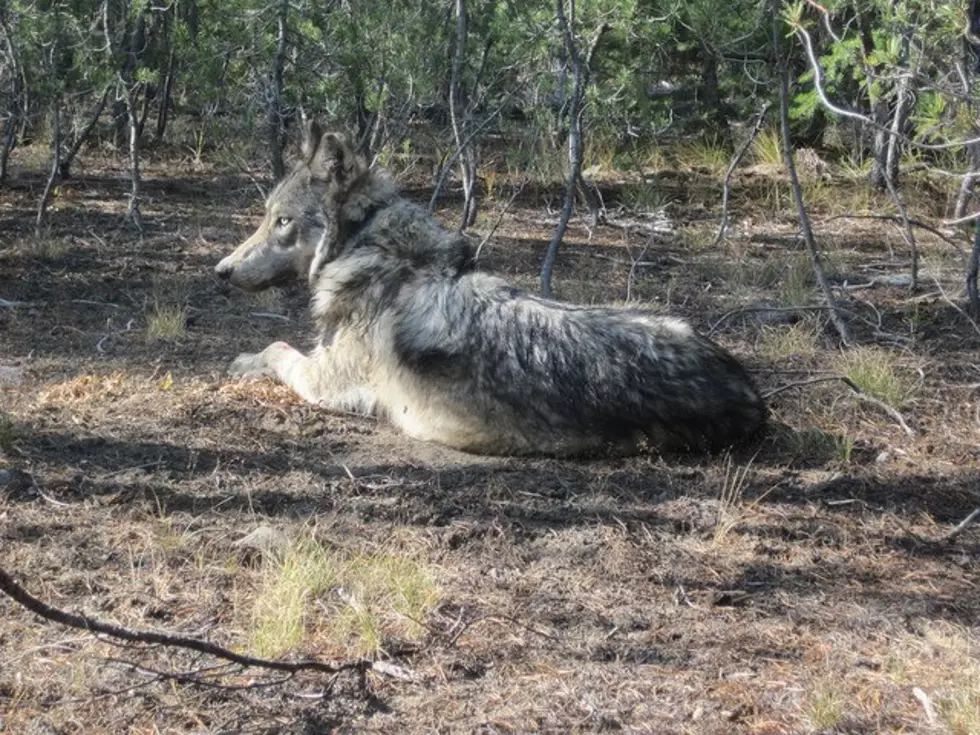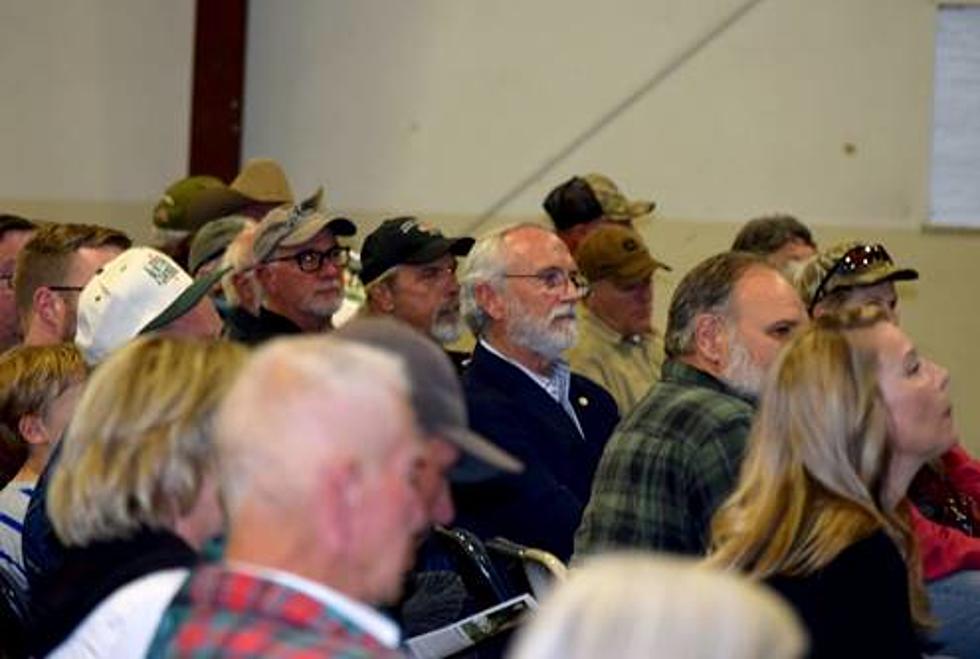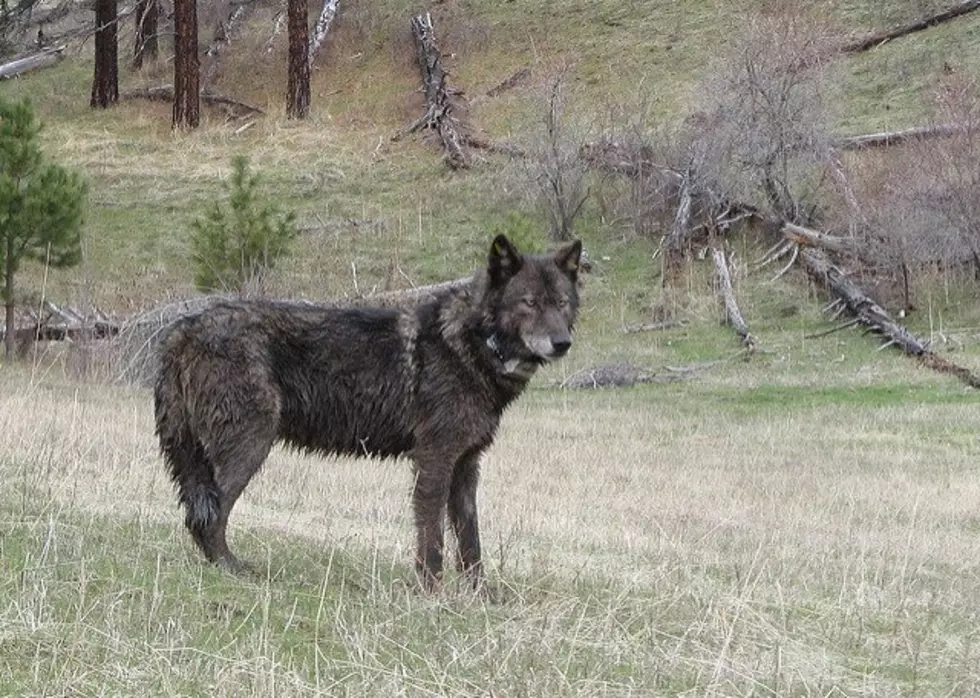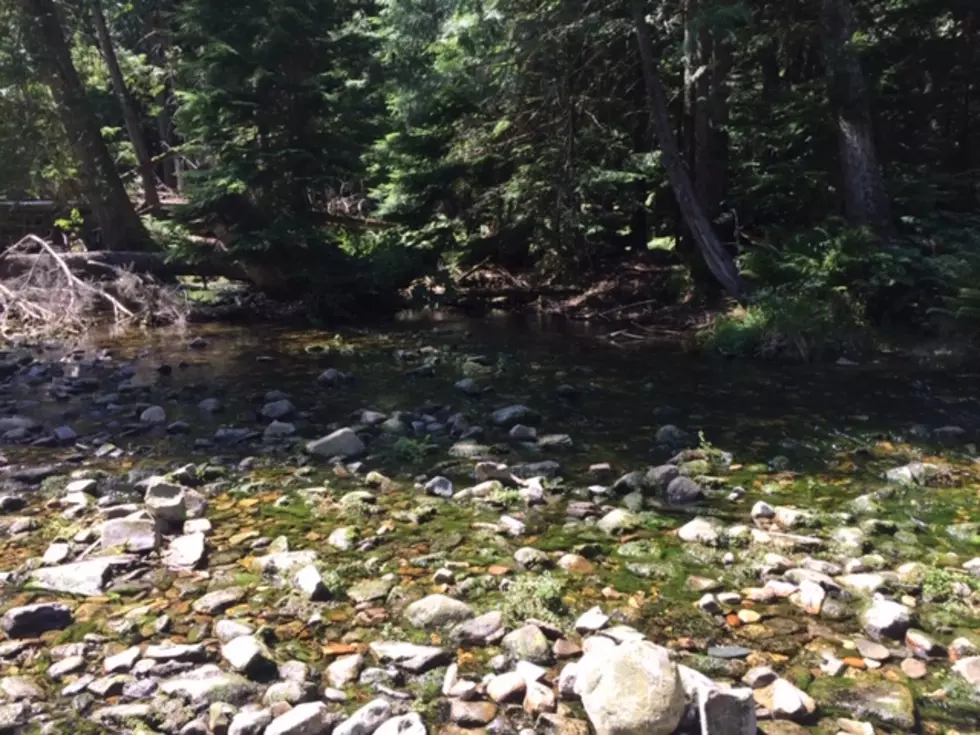
Susewind Calls For Togo Pack Wolves To Be Killed
On Friday, Washington state Department of Fish and Wildlife director Kelly Susewind reauthorized staff to lethally remove wolves from the Togo pack in northern Ferry County. The decision he noted was due to repeated depredations of cattle on grazing lands in the Kettle River range.

The removal reauthorization allows for no more than two wolves to be removed through the issuance of lethal removal permits and WDFW removal efforts. As of June 6th, the Togo pack has been involved in seven depredations in the last 10 months. Back in August, Susewind reauthorized the lethal removal of wolves from the Togo pack because of repeated depredations in the area. However, WDFW attempted removals under that authorization were unsuccessful.
Director Susewind also authorized lethal removal in the Togo pack in Fall 2018.
Consistent with the guidance of the plan and protocol, the rationale for reauthorizing lethal removal of Togo wolves is as follows:
- WDFW has documented ongoing depredation on livestock in the Togo pack territory since November 2017. As of the June 6, 2020 depredation, six of the seven depredations in the last 10 months were classified as confirmed depredations and one was considered a probable wolf depredation. Three of these incidents resulted in livestock mortality and four resulted in livestock injury.
- At least two proactive deterrence measures and responsive deterrence measures (if applicable) were implemented:
The livestock producer who owns the affected calf had several proactive, nonlethal deterrents in place, including delayed turnout of calves (to coincide with deer fawns, and elk and moose calves becoming available as prey), monitoring for sick/injured livestock, carcass sanitation, and human presence around calving areas. Following the 2019 grazing season and starting the 2020 grazing season, range riding efforts have increased and been tailored to better meet the needs of this chronic conflict pack area. Multiple range riders from WDFW, Cattle Producers of Washington, and the Northeast Washington Wolf-Cattle Collaborative have been deployed in the area since prior to turnout, providing near daily coverage. A range rider also periodically camps out with the cattle, and on two occasions woke up during the night to haze wolves away from cattle by spotlighting, yelling, and shooting a firearm into the air.
The department documented these deterrents in the agency's "wolf-livestock mitigation measures" checklist, with date entries for deterrent tools and coordination with the producer and range riders.
- WDFW expects depredations to continue based on the depredation history in this pack area. As of this update, the most recent depredation by the Togo pack is the fourth event in 10 months. WDFW staff believe depredations are likely to continue in the near future even with the non-lethal tools being utilized, and that there are no reasonable, additional reactive non-lethal tools that could be deployed.
- The lethal removal of wolves in the Togo pack is not expected to harm the wolf population's ability to reach the statewide recovery objective.
WDFW has documented one known wolf mortality in the state since Jan 1, 2020. In previous years, WDFW has documented 12 – 21 mortalities per year and the population has continued to grow and expand its range.
The Department’s wolf plan also modeled lethal removal to help inform decision makers during this stage of recovery. The analysis in the plan included wolf survival estimates from northwest Montana, which incorporated a 28% mortality rate. It is important to note that agency lethal control was factored into that 28% mortality estimate. To err on the side of caution (i.e., when in doubt assume greater impact to wolf population so true impact is not underestimated), the scenarios modeled in the wolf plan included an even higher level of lethal control (i.e., removing 30% of population every four years in addition to baseline 28% mortality rate). Based on that modeling analysis, as well as an analysis of higher levels of potential mortality on the actual population level of wolves in the eastern recovery zone and statewide, we do not expect this action to jeopardize wolf recovery in the eastern recovery zone or statewide.
WDFW discussed the impacts of removing wolves from the Togo pack territory and determined the current level of mortality should not negatively impact the ability to recover wolves in Washington.
WDFW is providing one full business day (eight court hours) advance public notice before initiating lethal removal activity. No lethal removal activity will occur prior to Tuesday, June 23.
If you have a story idea for the Washington Ag Network, call (509) 547-1618, or e-mail gvaagen@cherrycreekmedia.com
More From PNW Ag Network









